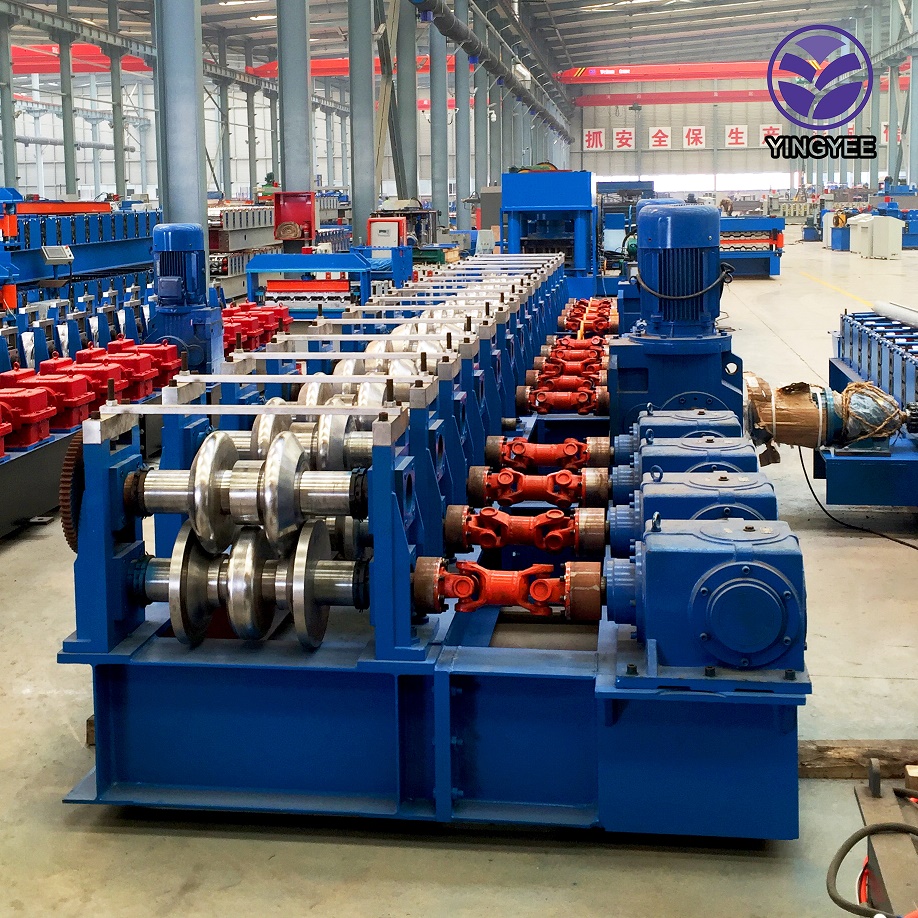
The Evolution and Significance of Zinc Making Machines
Zinc, a crucial metal with a wide range of applications, plays a vital role in various industries, including construction, automotive, and electronics. The demand for zinc has led to the development of sophisticated machinery designed to improve the efficiency and quality of zinc production. This article explores the evolution, technology, and significance of zinc making machines in the modern industrial landscape.
The Importance of Zinc
Zinc is primarily used for galvanizing steel and iron to protect these metals from corrosion. This process is essential, especially in applications exposed to harsh environmental conditions. Zinc is also a key component in the manufacturing of brass, a copper-zinc alloy, and is utilized in die-casting, batteries, and various other applications. The increasing demand for corrosion-resistant materials in construction and automotive sectors has spurred advancements in zinc production technology.
Early Zinc Production Techniques
Historically, zinc was produced through primitive methods such as retorting and pyrolysis. These techniques were labor-intensive and not efficient in terms of yield or energy consumption. As the Industrial Revolution progressed, the need for more efficient production methods became evident, leading to innovations in zinc making technologies.
The Advent of Zinc Making Machines
The introduction of zinc making machines revolutionized the industry, enabling large-scale production with higher efficiency and lower environmental impact. Modern zinc smelting techniques utilize processes such as hydrometallurgy and pyrometallurgy, which have been optimized with the help of advanced machinery.
1. Hydrometallurgy This process involves the extraction of zinc using aqueous solutions. Zinc making machines designed for hydrometallurgical processes often include leaching systems, solvent extraction units, and electro-winning setups. These machines allow for precise control over the chemical processes, leading to higher purity levels in the final product.

2. Pyrometallurgy This traditional method involves roasting zinc ores in furnaces at high temperatures. Modern zinc making machines for pyrometallurgy have become more efficient, utilizing rotary kilns and flash smelting technologies that reduce energy consumption and improve productivity. These advanced machines also contribute to lower emissions, making the process more environmentally friendly.
Technological Innovations in Zinc Production
Recent advancements in technology have led to the development of smart zinc making machines equipped with automation and telemetry capabilities. These innovations enable real-time monitoring and control of the production process, reducing human error and enhancing operational efficiency. Predictive maintenance technologies help minimize downtime, ensuring continuous production and reducing costs.
Moreover, the integration of machine learning and artificial intelligence in zinc making processes has paved the way for optimized production schedules and improved resource management. This shift towards smarter and more autonomous systems is crucial for meeting the increasing global demand for zinc while adhering to stringent environmental regulations.
Environmental Considerations
As the zinc industry continues to evolve, so does its responsibility towards environmental sustainability. Zinc making machines today are designed with features that minimize waste and reduce the environmental footprint of production. Closed-loop systems, for example, recycle water and chemicals, ensuring that the processes are sustainable and responsible.
Conclusion
The evolution of zinc making machines marks a significant milestone in the metal production industry. With a focus on efficiency, quality, and sustainability, these machines have transformed zinc production into a high-tech manufacturing process. As demand for zinc continues to grow, the advancements in zinc making technologies will play a crucial role in meeting the needs of various industries while ensuring a reduced environmental impact. As we move forward, the importance of innovation in zinc production cannot be overstated, transforming not only the industry but also contributing positively to global sustainability efforts.